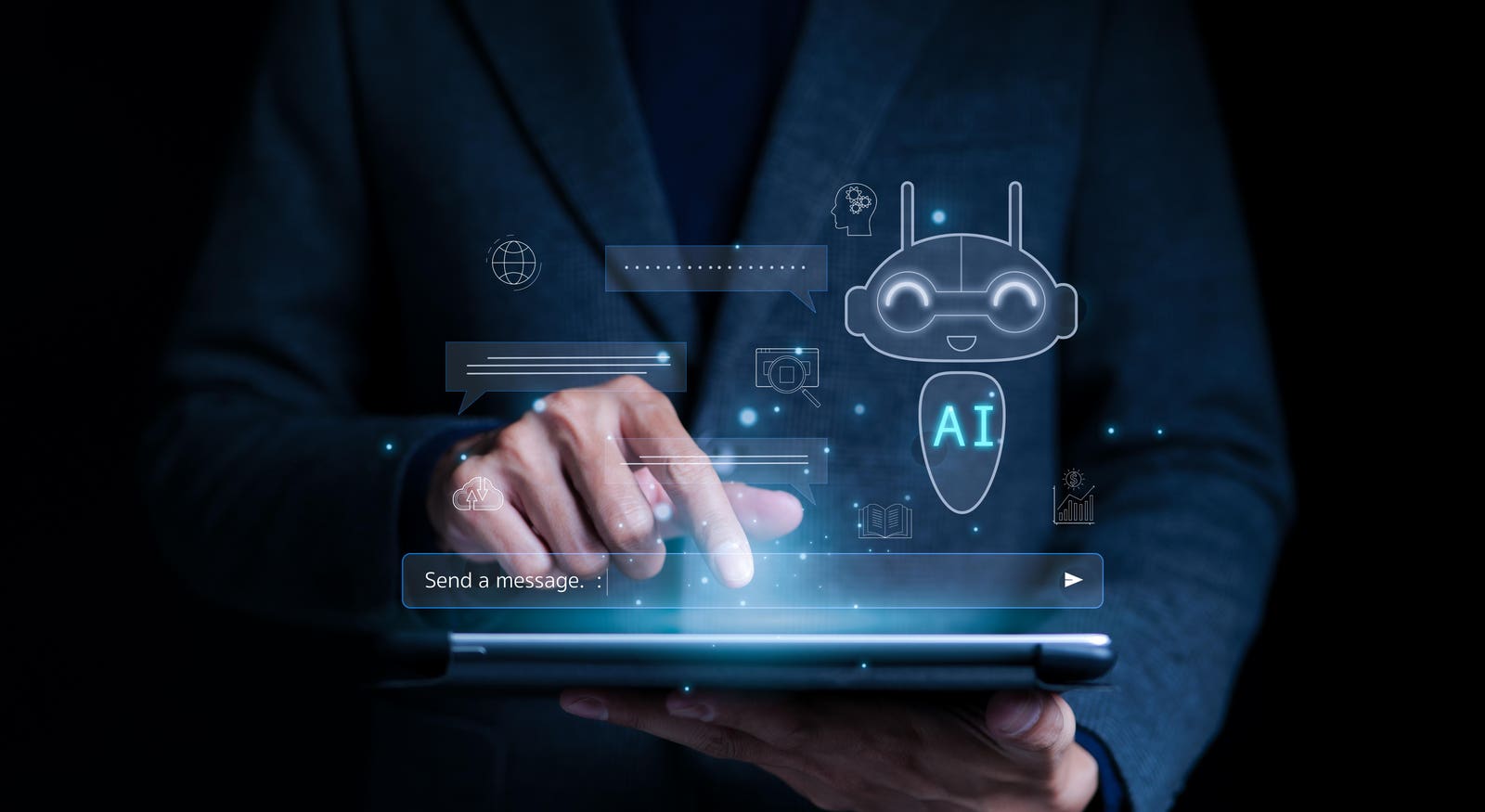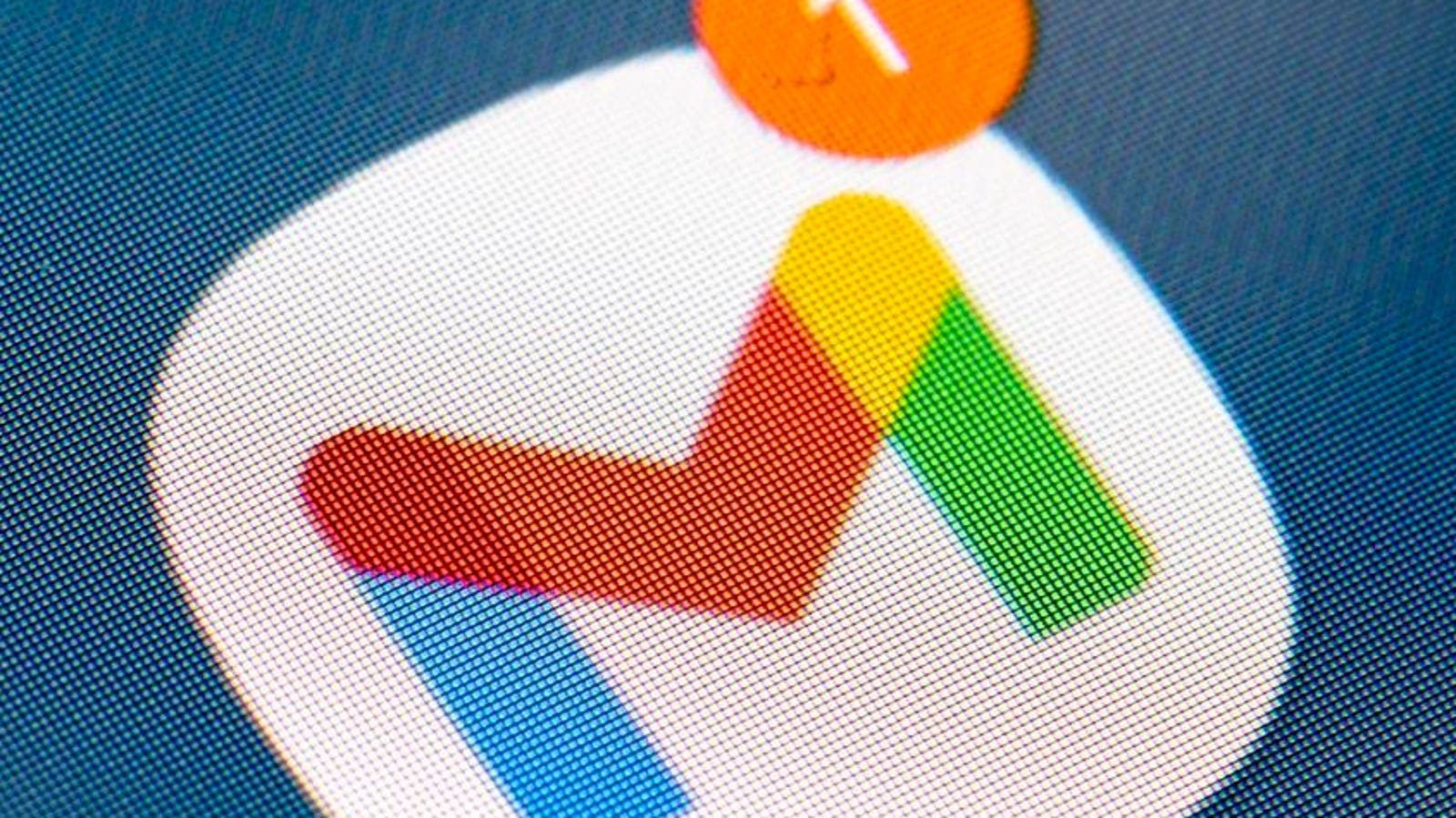GenAI is helping individuals and teams think, create, and lead.
getty
Think back just a few years. AI in the workplace wasn’t always that exciting. It was frustrating. Chatbots missed the mark more often than they helped. AI writing assistants sounded robotic, stiff, and very generic. Transcription tools? Maybe 70% accurate on a good day, which made them more hassle than help. Instead of making work easier, AI often felt like one more thing to manage. It was more novelty than necessity.
But things are changing fast. Generative AI has gone from a futuristic buzzword to something much more practical and powerful. It’s now sitting beside us in meetings, drafting our emails, organizing our thoughts, and even helping us solve problems we didn’t know how to articulate. This isn’t just smarter software, it’s a new kind of teammate.
We’re not just using tools. We’re collaborating with them.
Whether it’s ChatGPT, Microsoft Copilot, Claude, Perplexity, or internal LLMs customized for specific teams, generative AI isn’t sitting on the bench anymore. It’s helping draft proposals, untangle data, write code, analyze reports, and act as a collaboration partner to spark new ideas. And it’s doing all of this without needing a lunch break, vacation time, or sleep.
The pace of change is fast with AI. The impact? Even faster. And we’re only just getting started.
AI at Work: From Mundane Tasks to Transformation
This AI transformation is no longer theoretical. Generative AI is already baked into how teams across industries get things done. As I always say, everyone is at a different point in their AI journey, but forward thinking individuals and organizations are already seeing tangible benefits from Generative AI.
In marketing, it’s helping create campaigns faster than ever. Think instant content generation, headline testing, SEO optimization, and rewriting blog posts when they fall flat or need a different tone.
Finance teams are using AI to make sense of messy numbers. Forecasts, reports, and budget variance explanations are all generated in natural language, not spreadsheet formulas. AI-powered tools are helping teams spot trends, flag anomalies, and communicate insights clearly.
Customer service is getting a long-overdue upgrade too. AI now drafts personalized email responses in seconds, summarizes multi-threaded conversations into a single digestible ticket, and routes high-priority issues to the right human agent in seconds. It can detect customer sentiment, recommend next-best actions, and even auto-generate knowledge base articles and documentation from resolved tickets. By layering AI into the tools that customer service agents already use, the role is evolving from a reactive support channel into a proactive, intelligent experience.
Rethinking Roles in the Age of AI
AI isn’t just slotting into workflows, it’s reshaping them. And with this change, roles are shifting in ways that are both subtle and significant.
Tedious admin work? Automated. The kind of tasks that used to eat up your mornings such as calendar updates, inbox triage, or basic data entry are now handled by AI in seconds. That time can now get reinvested in what actually matters: thinking, deciding, creating.
Knowledge workers aren’t bogged down by busywork anymore. They’re stepping into higher-value spaces. Strategy. Analysis. Storytelling. The kinds of things AI can support, but not truly own. It’s not about replacement—it’s about elevation. Or as I often say, this is augmented intelligence in action, and it’s happening every day.
Developers are getting an efficiency boost that’s hard to ignore. Tools are suggesting code snippets, identifying bugs, and speeding up build cycles. These AI tools help the developer do their job faster and quicker. It’s not about replacing the developer’s judgment or creativity.
The narrative shouldn’t be “AI is coming for your job.” Instead, people who know how to work with AI are increasingly outpacing those who don’t.
It’s not about competing with machines. It’s about collaborating with them and leveling up in the process.
What’s Holding Teams Back and What Comes Next in the Age of Generative AI
AI appears to be everywhere right now, but that doesn’t mean it’s being used well.
Despite all the headlines and hype, only a small amount of organizations say they’ve fully matured their AI capabilities, according to BCG’s 2025 AI at Work report. So, what’s standing in the way?
Start with skills. A lot of employees still don’t feel confident using generative AI tools. The interfaces are easy but knowing how to get meaningful, reliable results? That takes practice and training. Most companies just haven’t made the investment yet to provide AI literacy and upskilling to the whole organization.
Then there’s trust. People worry about AI hallucinations, biased outputs, or tools making confident guesses based on shaky logic. That concern isn’t misplaced. AI models do make mistakes. But the solution isn’t to ignore AI. It’s to understand it, pressure-test it, and use it wisely.
And perhaps the most overlooked barrier? Organizational readiness. Leaders are excited. They’re talking about AI in all-hands meetings and maybe even externally to clients. But beneath the surface, change management is slow. Governance is murky. And policy is usually still in draft and not fully fleshed out.
So what happens? AI ends up underused. It’s available, but not embedded. Sitting in the toolbox, not on the workbench.
To thrive in this next wave, organizations need more than access. They need alignment. Experiment with intent. Don’t just try tools. Track what works, iterate, and scale from there. Build AI fluency. Every team member, not just technical teams, should know what AI can and can’t do. Lead with purpose. Integrate AI transparently and ethically. The goal isn’t replacement. It’s empowerment.









